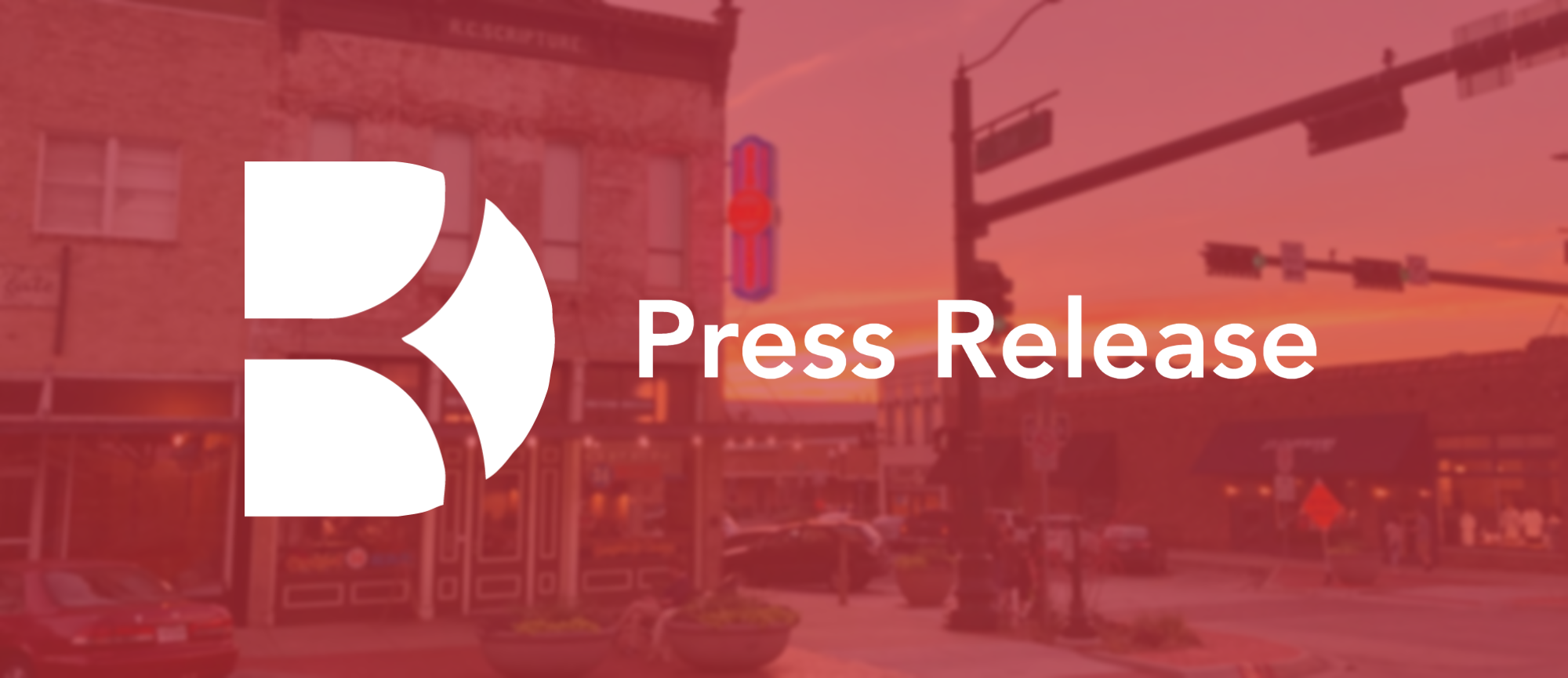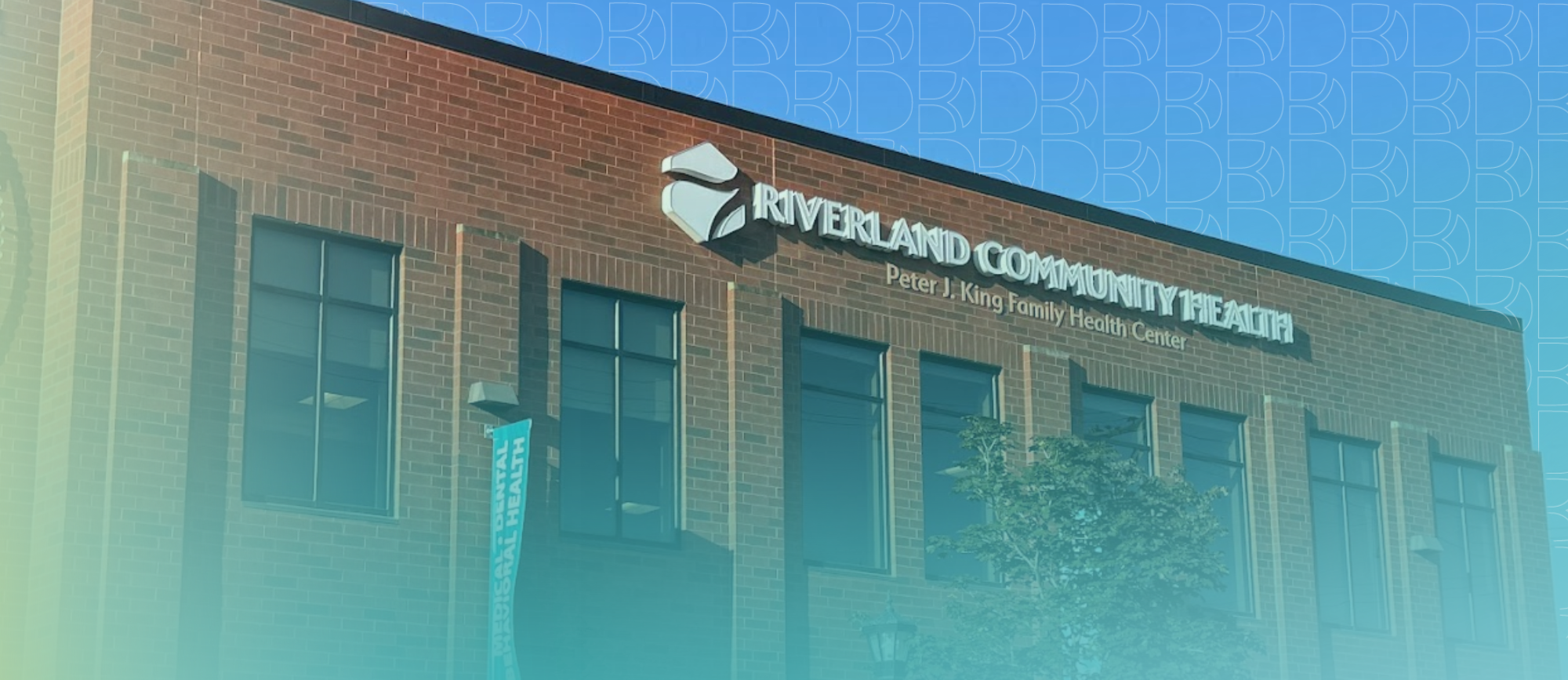Financial wellness impacts every facet of your life. Stressed about rent this month? Concerned you’re not setting aside enough for retirement? Lots of life’s daily stressors can be linked to money. Still, by moving through each of the five stages of financial wellness with a curious desire to learn and mature, you’ll have less stress and more confidence about your choices with money.
Everyone moves through life at a slightly different pace. While these stages are in order, how long an individual or family stays in each phase varies. Remember, mastering your finances is a lifelong journey.
Stage #1 – Financial Literacy
Financial literacy is about understanding the basics of money and personal finance. This begins during childhood – remember learning the difference between a nickel and a dime in elementary school? As we move from primary school to high school, financial lessons become more complex – like fundamentals of economics and how money works in the world.
Financial education shouldn’t only be taught through education; parents can take an active role in teaching their children about personal finance. Additionally, experience for adolescents is often the best way to learn. As such, during this stage, people tend to open their first bank accounts, which help them learn the basics of banking and budgeting.
Stage #2 – Financial Capability
As young adults, people start to gain financial independence from their parents by moving out. If enrolling in college, they might have their first experience with debt by taking out a student loan. This is also when individuals may secure their first jobs and learn about employer benefits like a 401(k).
Having financial capability is about using one’s education to make good decisions with their money. Choices made as young adults regarding finance, both the good and the bad, often have long-lasting impacts and consequences.
Stage #3 – Financial Security
Young professionals move from being capable with their money to finding security in it. Financial security is having peace of mind that the income brought in is sufficient to cover daily expenses and debt obligations. By this stage, individuals can easily manage credit and debt and are prepared for an emergency by setting aside funds for that exact purpose. Additionally, they may have started investments to draw on for their future retirement.
Somewhere between gaining financial capability and security, individuals may be fortunate enough to purchase a home and/or start a family. Buying a house is arguably the largest purchase most people will make. Individuals should prepare for these large purchases by reviewing their full credit report for errors. Starting a family involves many new expenses, from diapers and formula to larger expenditures like daycare, healthcare, and education. While the timeline for these milestones varies for each individual, continual learning and wise financial choices will help individuals stay on the right path to overall financial well-being.
Stage #4 – Financial Independence
Financial independence is being able to cover basic needs and enjoy a few luxuries easily. By this stage, an individual’s savings and investment accounts continue to grow, and most if not all their debt has been paid off. As their career matures, earnings continue to outpace the withdrawals, and they are ready to step into the next stage of financial wellness.
Stage #5 – Financial Freedom
The ultimate goal is to retire with financial freedom. You can live how you want because there is no need to continue working. Enjoying freedom in retirement is the direct result of adequately managing your money and making good decisions; by accumulating wealth and learning from many life lessons.
No matter what stage of financial wellness you find yourself in, it’s worthwhile to take control of your money. As long as you’re open to learning and are trying to make good choices financially, you’re doing well. With a foundation of financial literacy, you can move through life enjoying today while planning for the future.






